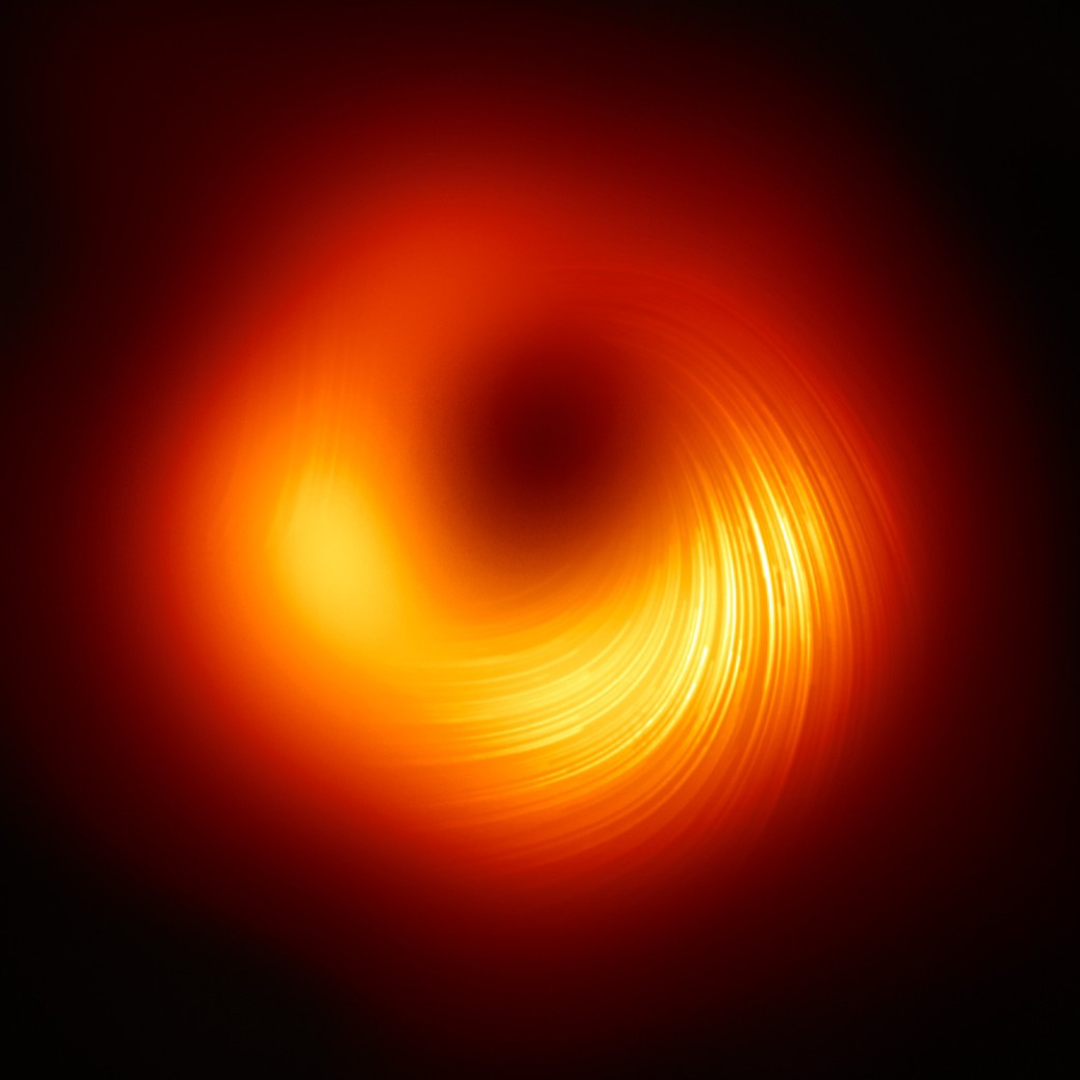Clean energy could be ‘closer than ever’ after a nuclear fusion machine smashed a record::JET’s final nuclear fusion experiment produced a record-breaking 69 megajoules of heat. Nice.
https://www.newsweek.com/energy-nuclear-fusion-test-jet-world-record-1868146
“By my estimate this is enough energy to make over 600 cups of tea,” professor Stuart Mangles—a physicist from Imperial College London, England—said in a statement.
The most English measurement.
The British version of Americans measuring things in football fields
Nice
“closer than ever”
We are now closer than ever at anything that hasn’t happened yet and will happen in the future.
‘Closer than ever’
So perpetually 49 years away rather than 50 years.
“Smashed”
Yeah, I’m not reading this.
I did it for you!
This heat output is about 20% higher than the previous record and twenty times higher than the net positive reaction that made headlines recently.
It’s worth noting that the “twenty times higher” isn’t the takeaway here as two different fusion methods were used. The article describes a significant, incremental milestone - not a ridiculously large leap forward.
The lab that conducted this experiment will be closing down soon, so this achievement is seen as the JET lab’s swan song.
If only it were leaps and bounds closer and not just a few inches.
Needs to be taken with a grain of salt. Actually capturing the heat for electricity, and getting more electricity out of it than required to run the reactor itself, remain massive open questions that this generation of research reactors does not even begin to tackle.
IIRC, this is a big deal because they are achieving more energy out than they put in.
If I’ve been reading these correctly they are achieving it with tiny amounts of fuel and slowly working up as they achieve success. I’m seeing these as proof of concept and fantastic steps in the right direction.
It doesn’t look like they’re generating electricity with that energy yet, so while you are correct the person you responded to is also correct in that we still need to prove we can harness it efficiently enough.
I think they’ll get there, it just boils down to investment and time.
In this context, the “energy that they put in” only counts the heating of the plasma. It does not include the energy needed to run the rest of the reactor, like the magnets that trap the plasma. If you count those other energy needs, about an order of magnitude improvement is still required. Possibly more, if we have to extract the energy (an incredibly hard problem that’s barely been scratched so far).
So yeah, it’s nice to see the progress, but the road ahead is still a very long one.
I feel like the big scary problem is capturing the heat. The proposed method I’ve seen involves a beryllium “blanket” that captures the heat to send it off to a boiler. The problem is beryllium is quite expensive and quite limited in availability. And in fact we may only have enough beryllium (in the world) for a dozen or so reactors. But it’s worse, because these blankets absorb high energy neutrons, and become radioactive over time. And that means two problems, you need to replace the blanket and you need to dispose of radioactive waste.
When you put all that together, I just think “shouldn’t we stick with fission power?”
Someone please correct me if I’m wrong, but isn’t the problem that Uranium has a half-life of a couple hundred million years, while the half life of beryllium is less than a second?
Only Beryllium-10 has a long half-life for beta decay. Adding another neutron drops that back down to a few seconds and additional neutrons drop it back to a fraction of a second. So as long as that specific type of Beryllium isn’t used, it would be fine, right?
Excellent news. Small steps to hopefully thread the needle with. Don’t be discouraging, people, we need success and vigor.
We need renewables now, not viable fusion two decades from now.
Why not both? 😅
Why is the project ended? Is there a next prototype?
It’s ending because it’s old. JET has been running since the 80s. It’s successor is ITER, which ran into some delays, but is expected to be finished sometime next year.
deleted by creator
Tokamaks… sigh.
When it finally works, you will have invented the most expensive form of energy we’ve ever imagined. Congratulations.
I mean, don’t get me wrong, I’m excited for fusion. Fusion has some amazing potential as a power source and propulsion for space ships. But outside of that application, I don’t know… I’m pissemistic. I do not think it will be the global energy revolution so many people seem to think it will be. It will not be unlimited cheap energy, not be a longshot.
There are several other topologies with promise. But even a tokamak can use its first wall latent heat to turn the archaic steam turbine.
While I also have low expectations for plasma density in tokamaks, they’re able to keep plasma at fusion temperatures for minutes at a time.
Because you don’t understand shit. This can be made self sufficient and eternally run.








